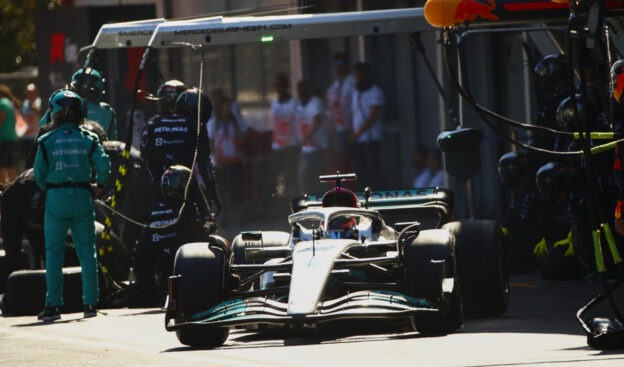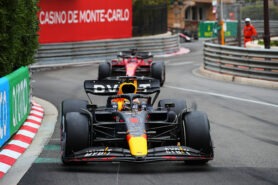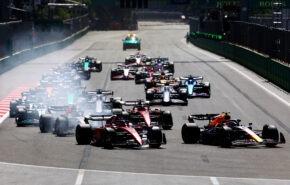Mercedes 2022 Canadian F1 Grand Prix preview

Toto Wolff about the upcoming 2022 Canadian GP
Baku was a tricky weekend for us, particularly with the bouncing issues, but we really maximised the opportunities that came our way and left Azerbaijan with a solid collection of points. We benefited from the misfortune of others, but reliability is an important factor in Formula One and there's no shortage of hard work at Brackley and Brixworth behind getting both cars to the finish line.
We once again found ourselves clear of the midfield in terms of pace, but a chunk behind the top two teams. We're working flat out to close that gap. But with an underperforming package, I loved seeing the fight in the team to pull together and get us the best result possible with the tools at hand. That spirit will bring us back competing at the front.
Having not been to Montreal since 2019, we're all excited to return. It's a wonderful city and the Canadian fans are very passionate about F1. The track is a unique challenge, with chicanes separated by long straights. We're looking forward to seeing what the weekend has in store and hope we can take a step forward.
Mercedes Fact File: Canadian Grand Prix
- After a three-year absence, the Canadian Grand Prix is back on the F1 calendar for the first time since 2019. This will be the 51st running of the Canadian GP since the inaugural race in 1967.
- The 4.361km Circuit Gilles Villeneuve is similar in its characteristics to the recent Baku City Circuit. Long before Azerbaijan became part of the F1 itinerary, it was the circuit in Montreal that teams had to develop a special wing for, with teams wanting to have as little drag as possible on the straights but as much downforce as possible in the slow corners - similar to Baku.
- The 14 corners of the Circuit Gilles Villeneuve comprise six left-hand turns and eight right-handers. As in Baku, most of the corners are within a similar speed range, which is at the lower end of the scale compared to the rest of the circuits on the racing calendar. Unlike Baku, however, most corners in Montreal come as a double change of direction (left/right or right left combinations) that require good responsiveness from the car.
The Circuit Gilles-Villeneuve is traditionally regarded as very tough on brakes, similar to the Austrian GP. However, there are usually fewer cooling problems in Canada than at Spielberg, because the lap distance is greater and there is more time for the brakes to dissipate temperature. - The 404-metre pit lane is among the top third of all circuits this season in terms of length. Even so, the time expended during a pit stop is relatively small, as the drivers are spared the inconvenience of going through the last chicane, instead entering the pit lane directly. Furthermore, the pit exit is in Turn 2, which means they don't have to negotiate the first corner either.
- Although the track surface in Montreal is quite smooth, tyre degradation in the race is traditionally high. Combined with the track characteristics, which are of a stop-go nature, this improves the chances of overtaking and generally gives rise to an entertaining race.
- With the constant cycle of heavy braking and equally heavy acceleration, the track takes its toll on the hybrid components of the powertrain, with many long deployments followed by big charging events. In the course of a single lap, there are three strong braking events that generate forces greater than 4 G for a duration of more than 0.4 seconds.
- Safety cars are a high risk in Canada due to the proximity of the walls and little runoff area they provide.
✅ Check out more posts with related topics:












